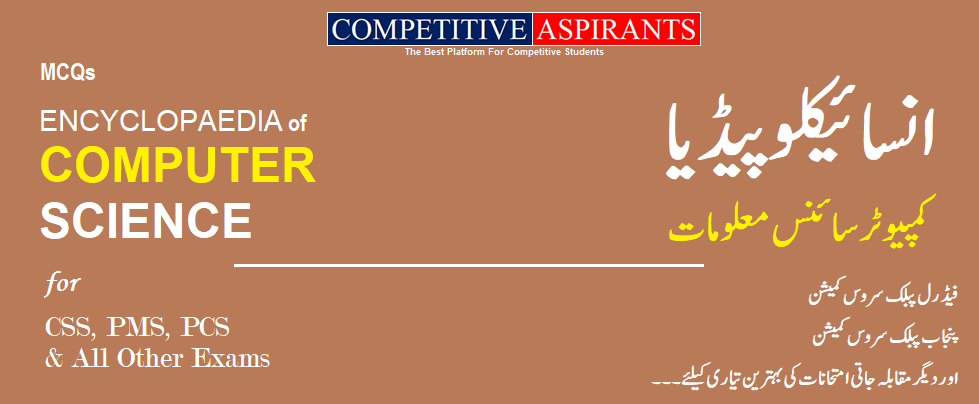
Page No. 1
Q.1 Most widely Spreaded computer virus was ________
A. I love you
B. I hate you
C. I kill you
D. I want you
Q.2 The First Mechanical Computer Designed by Charles Babbage was called___________ .
A. Abacus
B. Super Computer
C. Analytical Engine
D. Processing Machine
Q.3 A single point on a computer screen is called__________
A. Cell
B. Bit
C. Pixel
D. Element
Q.4 The first mechanical calculator was invented in which year?
A. 1543
B. 1642
C. 1858
D. 1972
Q.5 How many types of computer according to the size?
A. 4
B. 6
C. 2
D. 8
Q.6 SIMM Stands For ______
A. Single Inline Memory Module
B. Single Identify Memory Module
C. Secret Internet Memory module
D. None of them
Q.7 One MB (Megabyte) is equal to ________?
A. 1024 Byte
B. 1024 Killobytes
C. 1000 Bits
D. 1024 Gigabyte
Q.8 Who is known as the Father of video games ?
A. Karl Bens
B. Ralph H. Bear
C. Karoline Berliner
D. Andrew Smith Bernard
Q.9 In Windows XP, what does ‘XP’ stands for?
A. eXPensive
B. eXPlore
C. eXPerience
D. eXtra Power
Q.10 Computer Monitor is also known as __________
A. DVU
B. VUD
C. VDU
D. None of these
Q.11 Which of the following is the founder of Snapchat?
A. Bill Gates
B. Evan Spiegel
C. Robert E Kahn
D. Steve Woziak
Q.12 The first computer made available for commercial use was________.
A. MANIAC
B. ENIAC
C. UNIVAC
D. EDSAC
Q.13 USB is _____ type of storage device.
A. Auxillary
B. Primary
C. Secondary
D. Tertiary
Q.14 After ‘PROM’ is programmed, we can only ____ the information?
A. Read
B. Write
C. Read and Write
D. Remove
Q.15 Related to computers, what is ‘Wetware’ ?
A. Computer programs
B. Circuitory
C. Human brain
D. Chemical storage devices
Q.16 In the memory hierarchy the fastest memory is_____________.
A. Cache
B. SRAM
C. Registers
D. DRAM
Q.17 The unit of measurement of a word length is?
A. Metre
B. Byte
C. Bits
D. Millimetre
Q.18 Which is the largest hardware company of computers?
A. Microsoft
B. Dell
C. HP
D. My Space
Q.19 In RAM memory, DDR stands for_______
A. Double sided RIMM
B. Double data rate
C. Digital data rate
D. Dynamic data rate
Q.20 Which one holds Data and Instructions?
A. Hard Disk
B. BIOS
C. RAM
D. Task Manager
Q.21 Arrangement of Computer is called?
A. Setting
B. Topology
C. Processing
D. Wiring
Q.22 Picture is made of __________.
A. Lines
B. Dots
C. Scratches
D. Lightings
Q.23 Loading of Operating System in Personal Computer is called?
A. Processing
B. Installation
C. Booting
D. None of these
Q.24 The space left between the margin and the start of a paragraph is called ___________
A. Spacing
B. Gutter
C. Indentation
D. Alignment
Q.25 What is the keyboard shortcut key for Save As?
A. F12
B. Ctrl + F12
C. Alt + F12
D. Shift + F12
Questions per page: Showing 25-50 of 218 Questions



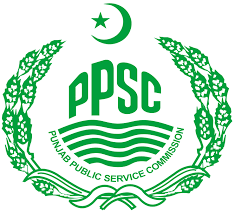
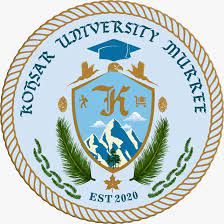
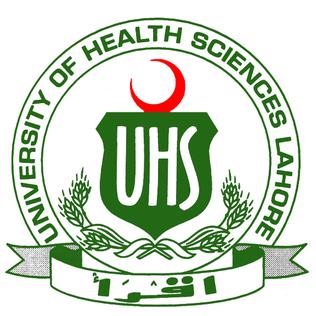
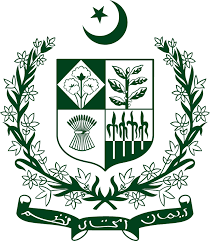
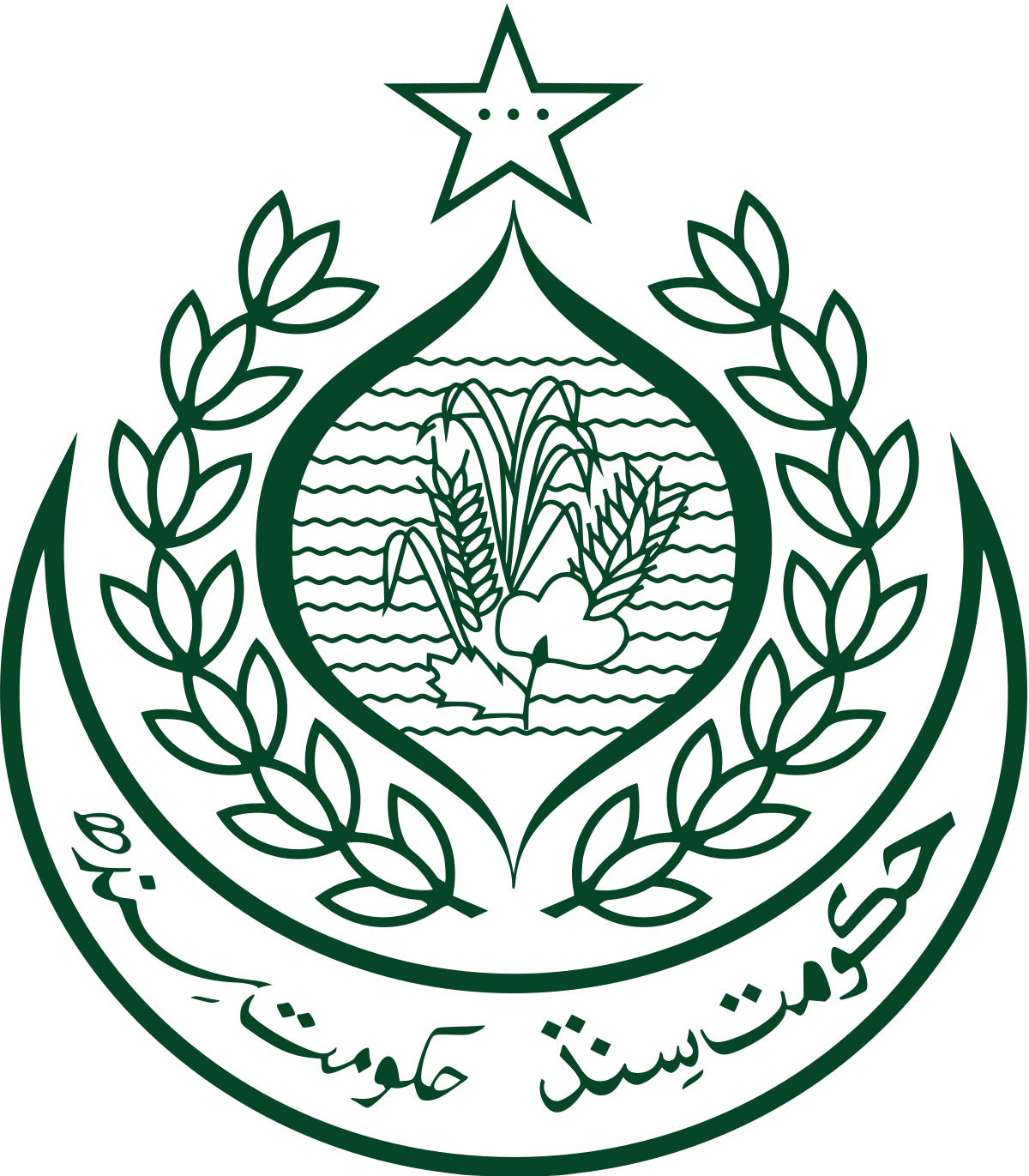
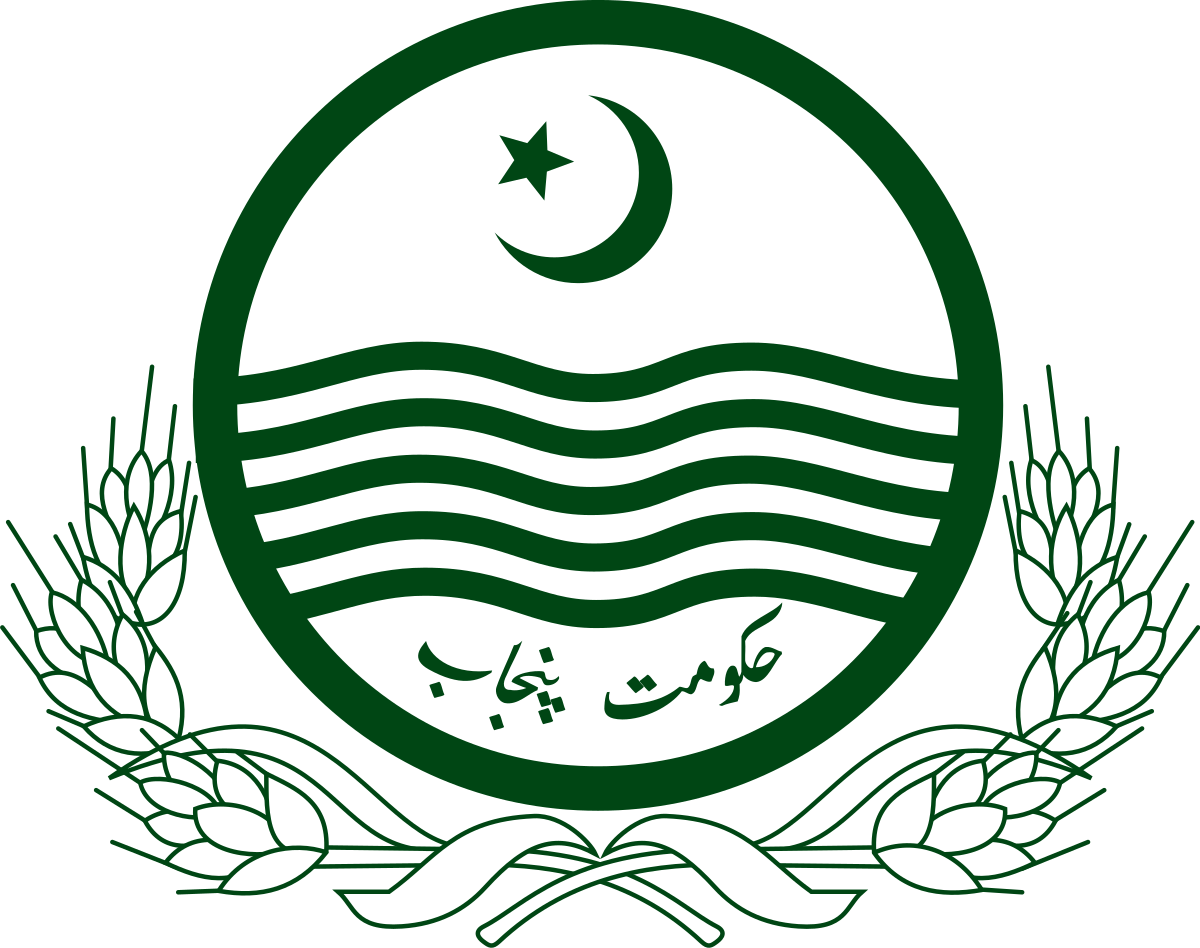
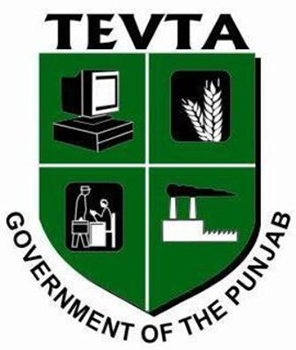
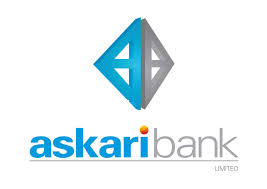
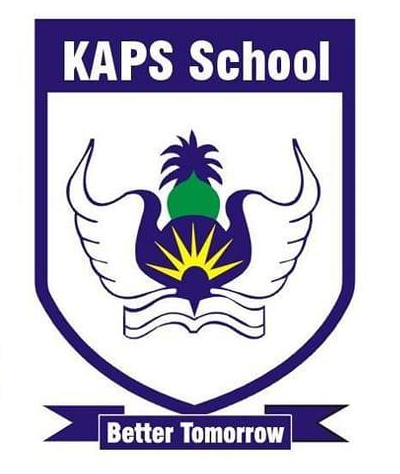
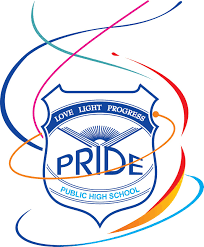
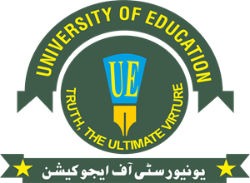
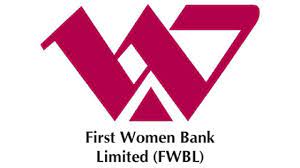
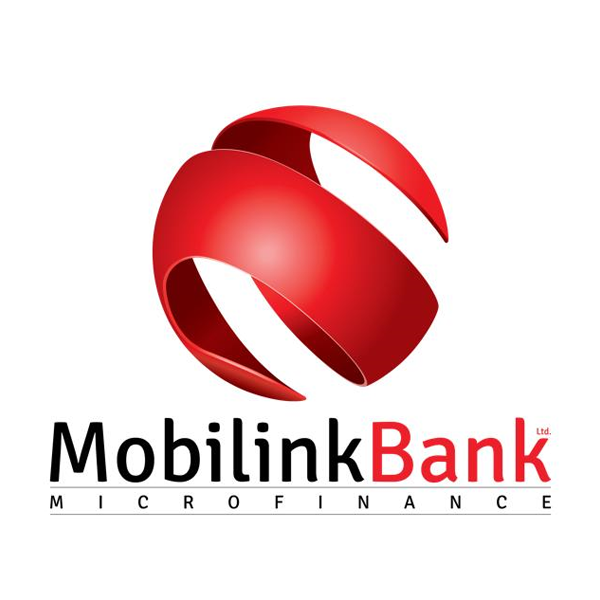
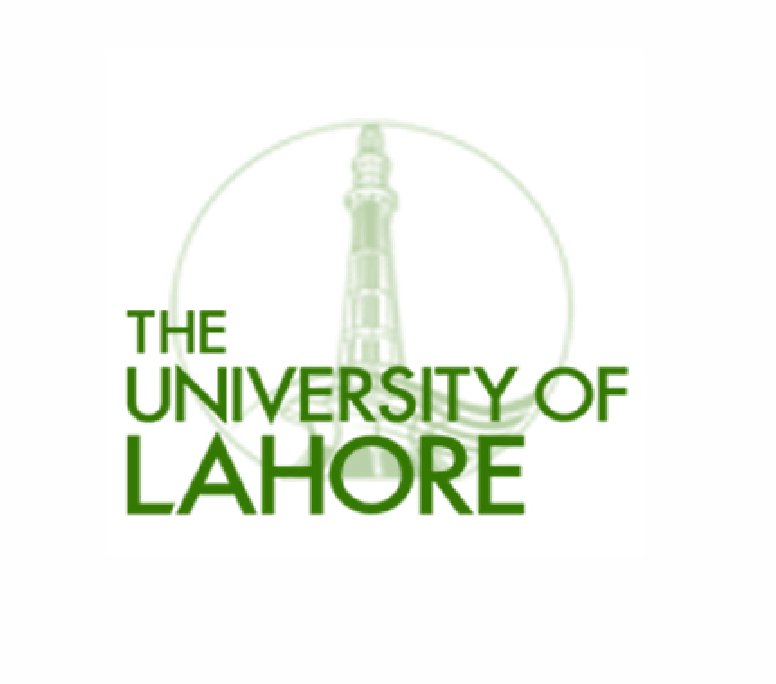
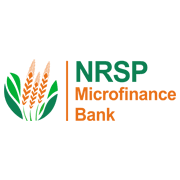
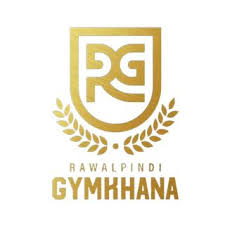
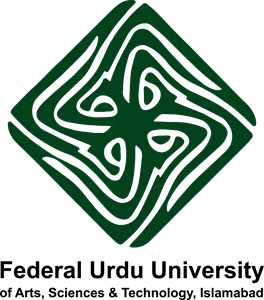
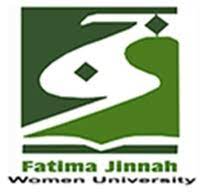
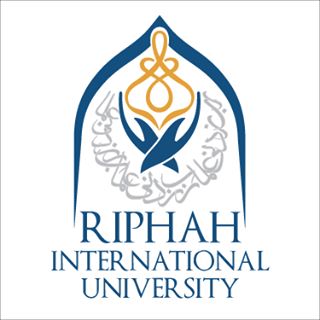
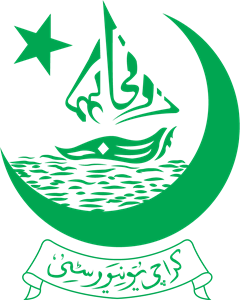
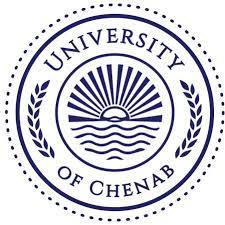
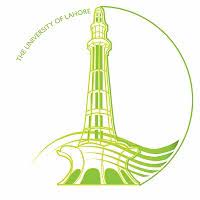
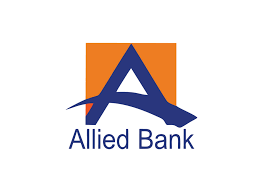
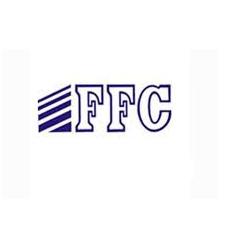
.png)